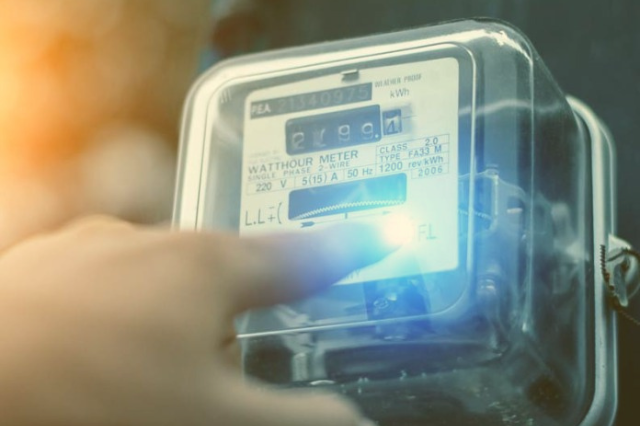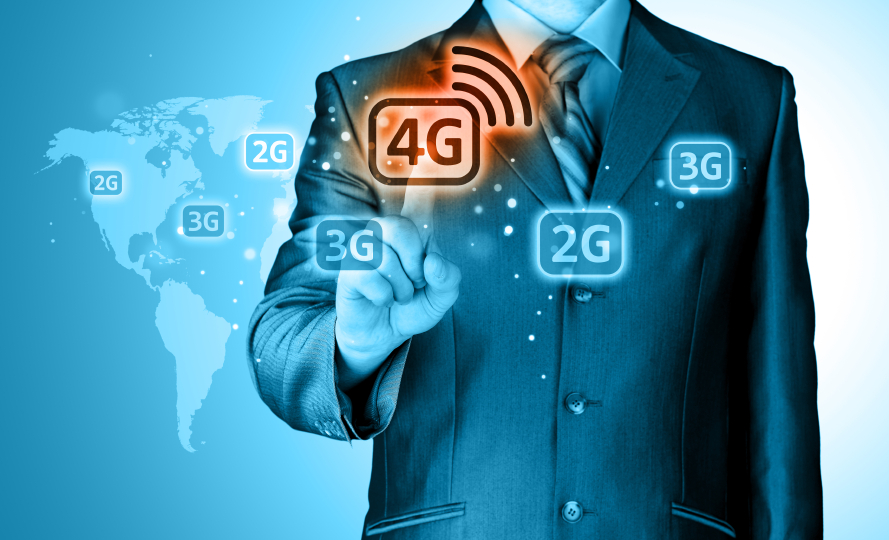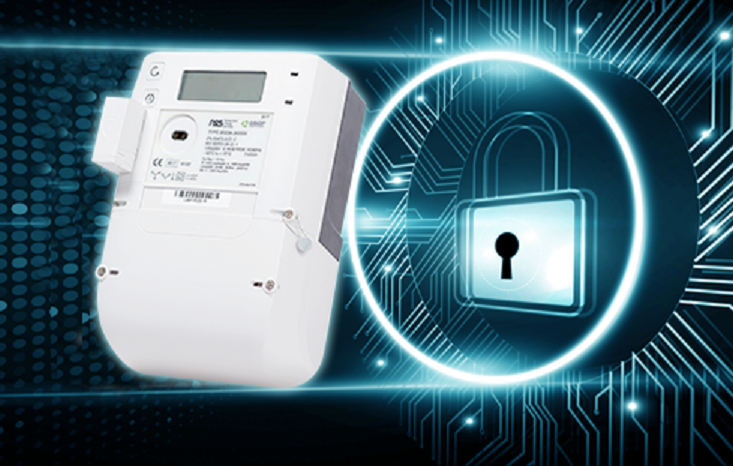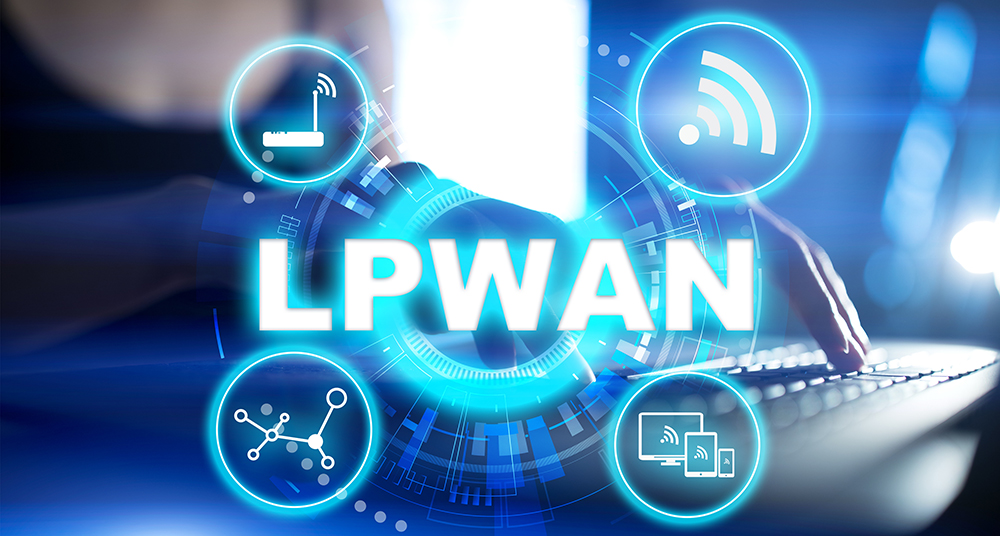The Independence Of Metering Function
The independence of the Metering Function of a Utility drastically improves the performance of the company. The Metering Function is part of the Customer Service Department in the majority of Utilities’ structures, which causes many organizational issues. This article describes the effects and issues caused by this type of organization, as well as the reasons why the Metering Function should be independent in order for the Utility to achieve better overall performance.
Keywords: Metering, Smart Meter, Department, Utility.
This article is also available on my LinkedIn profile, which you can find here.
The justifications for independence
We continue to observe that the Metering function is part of the Customer Service Department in many Utilities. The main reason is that meters are viewed as necessary objects at customers’ premises, with whom customers can interact (e.g., check consumptions, disconnect/reconnect from the network) and who can sometimes cause customer problems (e.g. wrong consumption calculation, etc.).
So, what is the answer to the question, “Where should the metering function be located within the Utility structure?” At first glance, the answer is obvious: “It should be in the Customer Service Department.” However, after careful consideration of the question, we discover that the correct answer is “It shall be part of an independent Metering Department.” Let us look at the main reasons for this assertion.
- If metering is part of customer service, the temptation to compensate for negative effects through a temporary workaround on billing or CRM (e.g. billing adjustments on low/high consumption due to meter inaccuracy or fault) is very strong. In the long run, the attitude of focusing on the effect rather than the cause has a negative impact on Utilities objectives in terms of non-revenue and unaccounted resources (water, gas, electricity), reducing the ability of data models to represent the real infrastructure and making the infrastructure unstable, increasing overall complexity, increasing customer complaints, and so on.
- While Customer Service is only concerned with the IT Domain, Metering is also concerned with the Field Domain, which employs a variety of professionals (e.g., electricians rather than call center operators), processes (cable inspections rather than bill checks), and technologies (e.g. ultrasonic meters rather than programming languages). Being a part of or managing a Metering Department necessitates the understanding and ability to work in two strictly integrated, but very different domains in terms of methods and speed for planning, execution, troubleshooting, and improvement.
- While Customer Service aims to maximize Utility revenues while keeping customers happy, sometimes using creativity or deviating slightly from internal policy and procedures, Metering aims to be dramatically scientific, minimizing errors/deviations (e.g. accuracy) and providing real-time with a clear and accurate picture of the field without seeing it (e.g. water, gas, electricity consumption, potential thefts or losses, fieldwork status).
- While Customer Service is a very dynamic and spiky environment (e.g., frequent changes in regulatory, tariff structures, offering to customers, bill structure that is increasingly used, and an effective communication channel with customers, etc.), Metering requires more regularity and staticity because it is a key player in ensuring infrastructure stability, which is a necessary condition for effective Utilities.
- While metering is an important player in effective leakage detection (e.g., DMA – District Metered Areas) and infrastructure stability, these are not the primary goals of Customer Service.
- Metering that is independent and well-organized can be easily outsourced as a service (for example, in the case of privatization), increasing effectiveness while preserving the Utility’s strategic information and assets.
Conclusions
The Metering Function must be independent within the Utility structure in order for the company to achieve the expected results and maximize revenues and customer satisfaction while reducing operational costs. Regardless of logic, locating the Metering Function within the Customer Service Department does not enable customer satisfaction and, in most cases, has the opposite effect.





This Post Has 0 Comments